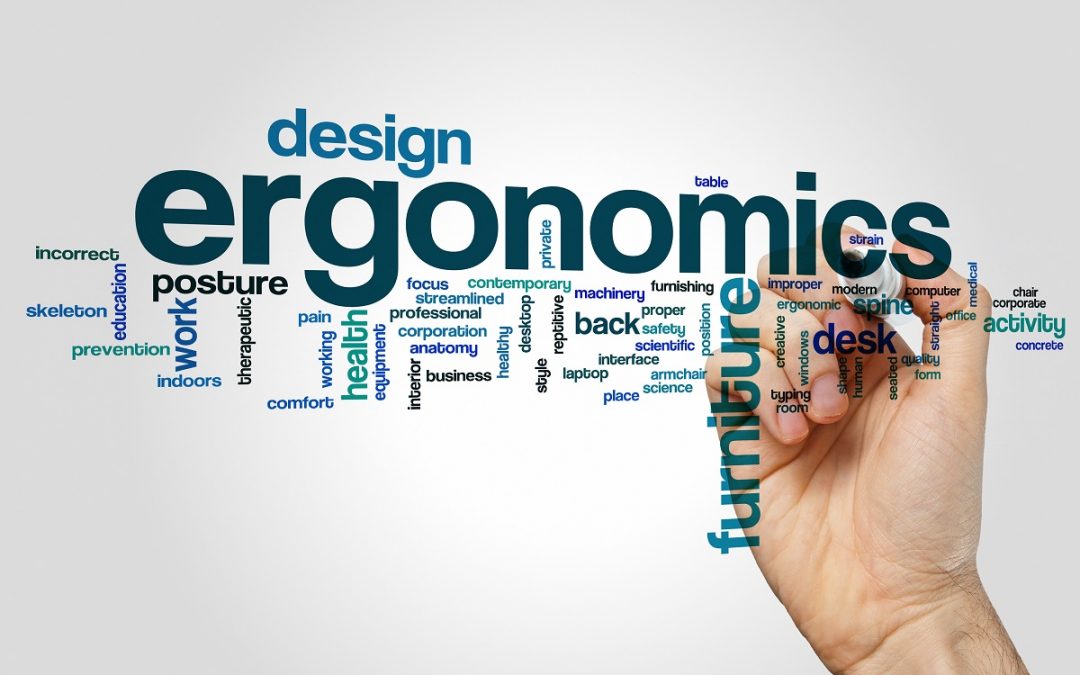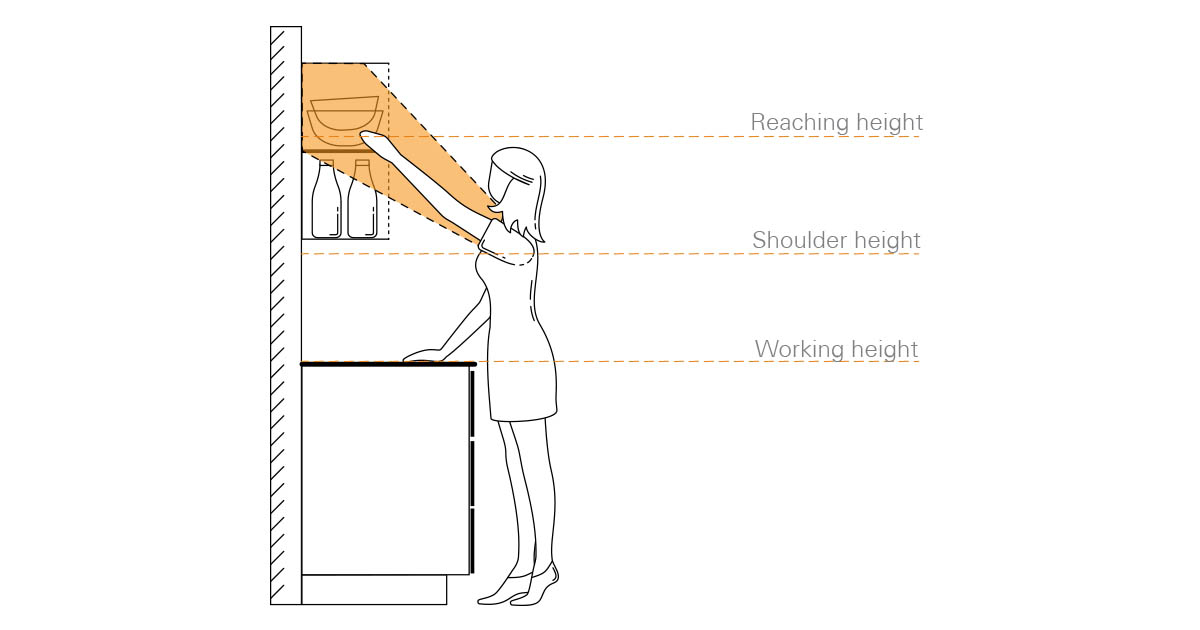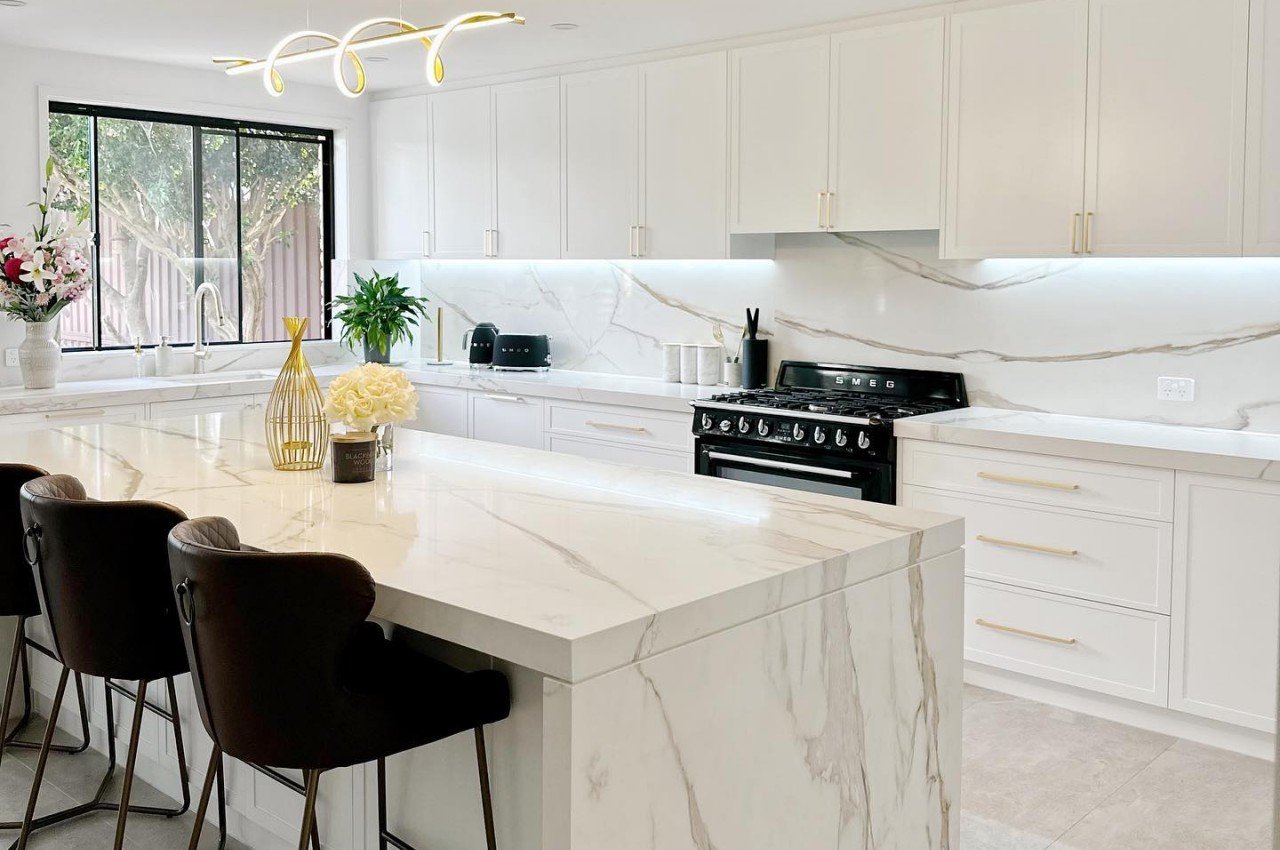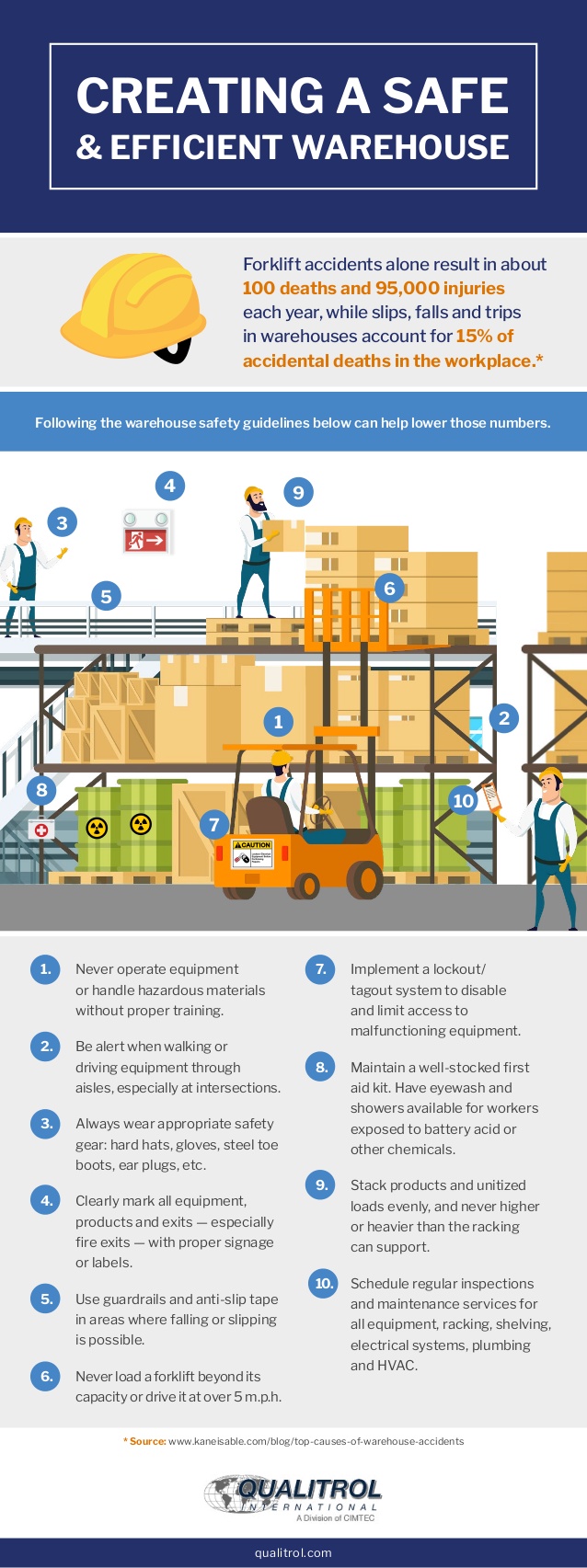A well-designed commercial kitchen is essential for the success of any restaurant or food establishment. Not only does it need to be functional and efficient, but it also needs to prioritize the safety and comfort of its staff. This is where ergonomic design comes into play. Ergonomics is the science of designing a workspace to fit the needs and capabilities of the people who use it. In the case of a commercial kitchen, this means creating a space that minimizes strain and fatigue, reduces the risk of injury, and maximizes productivity. Here are some tips on how to plan an ergonomic commercial kitchen.Ergonomic Kitchen Design: How to Plan a Commercial Kitchen
When it comes to designing an ergonomic commercial kitchen, there are a few key things to keep in mind. First and foremost, the layout of the kitchen should be efficient and flow smoothly, from food prep to cooking to plating. This will not only save time but also reduce unnecessary movements and strain on the staff. Additionally, the height and placement of work surfaces, such as countertops and sinks, should be carefully considered. They should be at a comfortable height for the majority of staff, with minimal bending or reaching required. This can be achieved through adjustable equipment or by designing multiple workstations for different tasks. Another important aspect is the use of anti-fatigue mats in areas where staff will be standing for long periods. These mats provide cushioning and support, reducing strain on the feet, legs, and back. They also improve circulation and reduce the risk of slips and falls.Ergonomic Commercial Kitchen Design Tips
When designing the layout of a commercial kitchen, it's crucial to consider the flow of traffic. The most commonly used equipment and stations should be placed in a central location, with less frequently used items on the outskirts. This will prevent staff from having to constantly navigate around each other, reducing the risk of collisions and accidents. It's also essential to ensure that there is enough space between workstations and equipment for staff to move around comfortably. This is especially important for areas where multiple staff members will be working together, such as the cooking line or dishwashing station. In addition to the layout, the placement of equipment should also be considered. Heavy items, such as ovens and refrigerators, should be placed at a comfortable height for loading and unloading. This will reduce strain on staff and minimize the risk of injury.Creating an Ergonomic Commercial Kitchen Layout
When it comes to choosing equipment and supplies for a commercial kitchen, it's important to prioritize ergonomics. This means selecting items that are designed with the comfort and safety of staff in mind. For example, when choosing pots and pans, opt for ones with ergonomic handles that are comfortable to grip and reduce strain on the wrists. When selecting knives, choose ones with a comfortable grip and a balanced weight to reduce strain on the hands and arms. It's also important to consider the design and placement of kitchen tools and utensils. Items that are frequently used should be easily accessible, and their design should be comfortable to use. This will reduce the amount of bending and reaching required, minimizing strain on the body.Ergonomic Design for Commercial Kitchens: A Guide
Prioritizing ergonomic design in a commercial kitchen is crucial for the well-being of staff and the success of the establishment. By reducing strain and fatigue, it can improve the overall health and productivity of the staff, leading to better food quality and customer satisfaction. It also has financial benefits, as it can help to reduce the risk of injury and worker's compensation claims. By investing in ergonomic design, restaurant owners can save money in the long run by preventing workplace injuries and absenteeism.The Importance of Ergonomic Design in Commercial Kitchens
In addition to the design of the physical space, there are also ergonomic practices that can be implemented in a commercial kitchen to improve efficiency and safety. For example, staff should be trained on proper lifting techniques to prevent strain and injury when moving heavy items. Regular breaks should also be encouraged to give staff a chance to rest and stretch their muscles. This will help to prevent fatigue and reduce the risk of repetitive strain injuries. Furthermore, it's important to regularly review and update the design and practices in the kitchen. As the needs and capabilities of staff change, so should the design and processes to ensure that they continue to prioritize ergonomics.Ergonomic Kitchen Design: Maximizing Efficiency and Safety
When purchasing equipment for a commercial kitchen, there are a few key features to look for to ensure that they are ergonomic. First and foremost, they should be adjustable to accommodate the varying heights and needs of staff members. Additionally, they should be designed with comfort in mind, with features such as cushioned handles and easy-to-use controls. Look for equipment that is designed to reduce strain and fatigue, such as anti-fatigue mats, ergonomic stools, and adjustable workstations. It's also important to choose equipment that is durable and easy to clean, as this will help to maintain a safe and sanitary workspace.Ergonomic Commercial Kitchen Equipment: What to Look For
When it comes to designing an ergonomic commercial kitchen, there are some best practices to keep in mind. First and foremost, prioritize the comfort and safety of staff when making design decisions. This means considering their needs and capabilities, and constantly reevaluating and updating the design as needed. It's also important to involve staff in the design process, as they are the ones who will be working in the space every day. Their input can provide valuable insights and help to create a more efficient and ergonomic workspace. Finally, remember that ergonomics is not a one-size-fits-all approach. Every commercial kitchen is unique, and the design should be tailored to the specific needs and processes of the establishment.Designing an Ergonomic Commercial Kitchen: Best Practices
When designing a commercial kitchen, there are a few key considerations to keep in mind to ensure that it is ergonomic. First, the layout should be efficient and allow for smooth flow and movement. Second, the placement and design of equipment and tools should prioritize comfort and reduce strain. And third, regular reviews and updates should be implemented to maintain an ergonomic workspace. By keeping these considerations in mind, restaurant owners can create a safe, efficient, and comfortable environment for their staff, leading to a successful and thriving business.Ergonomic Kitchen Design: Key Considerations for Commercial Spaces
In conclusion, an ergonomic commercial kitchen is crucial for the success of any restaurant or food establishment. By prioritizing the comfort and safety of staff in the design and practices, restaurant owners can improve the overall well-being and productivity of their staff, leading to a better dining experience for customers and a more successful business. Remember to regularly review and update the design and practices in the kitchen, involve staff in the process, and tailor the design to the specific needs of the establishment. By doing so, you can create a safe and efficient ergonomic commercial kitchen that will benefit both your staff and your business in the long run.Creating a Safe and Efficient Ergonomic Commercial Kitchen
Ergonomic Commercial Kitchen Design: The Key to Efficiency and Safety

In the fast-paced and demanding environment of a commercial kitchen, design plays a crucial role in the success of a business. Not only does it affect the efficiency and productivity of the staff, but it also impacts the safety of both employees and customers. That's why ergonomic commercial kitchen design has become a hot topic in the restaurant industry.
What is Ergonomics?

Ergonomics is the science of designing the workplace environment to fit the needs and capabilities of the people working in it. In a commercial kitchen, this means creating a space that maximizes efficiency and minimizes the risk of injury or strain for employees. A well-designed kitchen will not only improve workflow but also reduce the likelihood of accidents or injuries, leading to a more productive and profitable business.
The Importance of Ergonomic Commercial Kitchen Design

With the fast-paced and physically demanding nature of working in a commercial kitchen, it's no surprise that injuries and accidents are common. In fact, the restaurant industry has one of the highest rates of workplace injuries. However, with ergonomic commercial kitchen design , these risks can be significantly reduced.
By considering the movements and tasks of employees, as well as the layout and equipment used in the kitchen, designers can create a space that is optimized for efficiency and safety. This includes proper placement of workstations, storage areas, and equipment, as well as incorporating ergonomic features such as adjustable counters and work surfaces, non-slip flooring, and proper lighting to reduce strain on the body.
The Benefits of Ergonomic Design

Investing in ergonomic commercial kitchen design not only improves the well-being of employees, but it also has a positive impact on the bottom line. A well-designed kitchen can increase productivity and efficiency, as employees can work more comfortably and with less risk of injury. This can also lead to a decrease in employee turnover, saving businesses time and money on training new staff.
Furthermore, implementing ergonomic design principles can also help restaurants meet health and safety standards, avoiding costly fines and legal issues. It also improves the overall dining experience for customers, as a well-functioning kitchen means faster service and better quality food.
In Conclusion

Ergonomic commercial kitchen design is a vital aspect of any successful restaurant. By creating a space that is optimized for efficiency and safety, businesses can improve the well-being of their employees, increase productivity, and save time and money in the long run. In HTML code, this means incorporating features such as adjustable counters, non-slip flooring, and proper lighting to reduce strain and accidents in the workplace. Don't underestimate the power of good design when it comes to running a successful and safe commercial kitchen.






































.jpg)




























